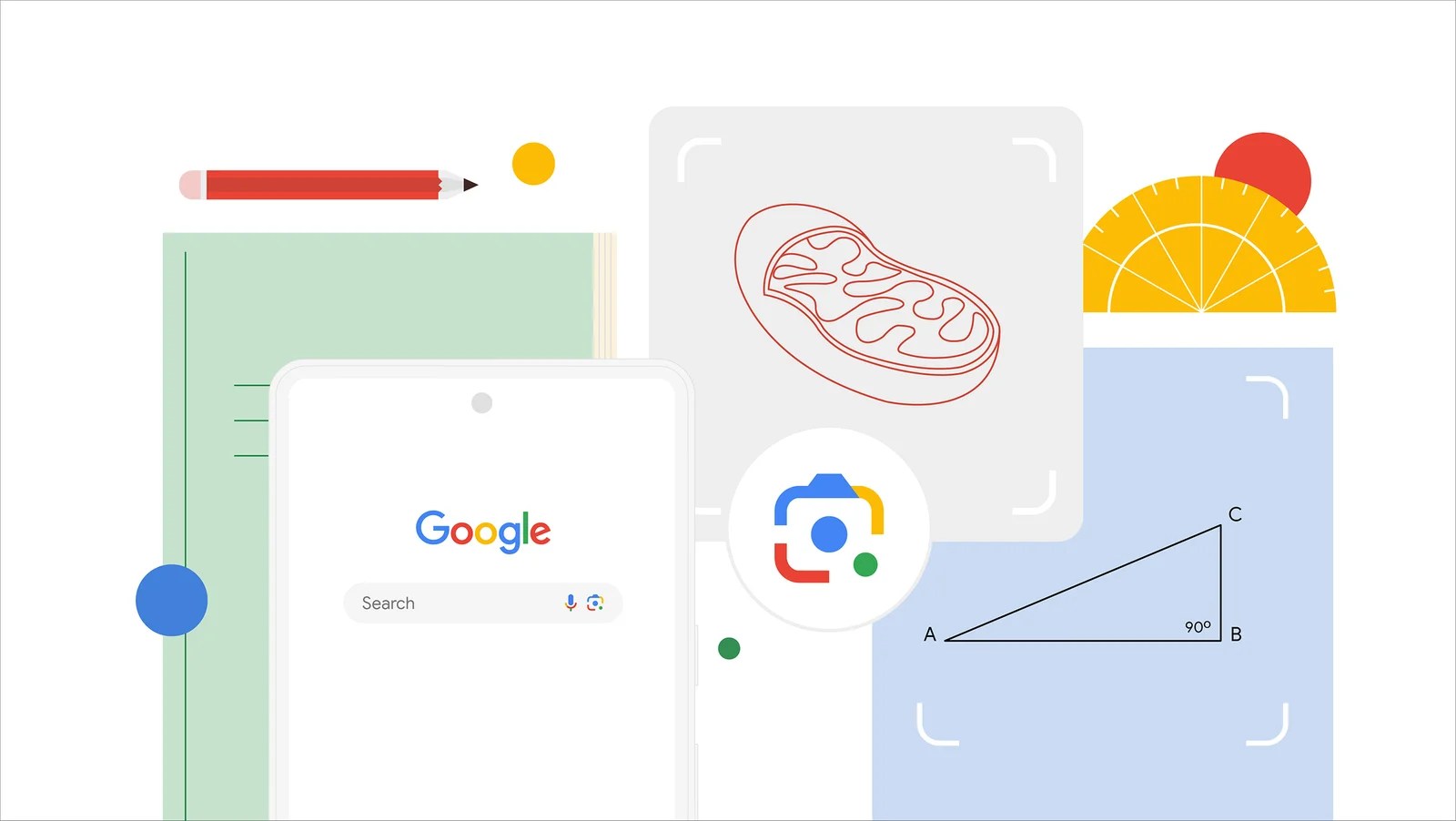Now Google search will help solve geometry, physics and calculus problems
Now Google search will help solve geometry, physics and calculus problems
Now with the help of Google search and lens, problems of geometry, physics and calculus can be solved. Google has released an update for its search engine and lens tool for that.
The new update allows you to type an equation into the search bar or take a photo of it with Google Lens to get the correct answer with an explanation of each step. Not only this, it is said that this new feature will also provide a solution to textual problems.
For example under high school physics concepts "vf = vi + at." It can do things like finding average acceleration using equations. You can also directly type "[math solver]" in the search bar to access the math problem solving tool.
According to TechCrunch, this function, which is currently available only in the desktop version, will also be released on mobile by the end of this year. Another useful new feature is the Geometry Solver, a tool that helps solve geometric problems.
When solving a geometric equation requires multiple visualizations, Lens can explain both the visual and the written part of the problem. "However, Lens can only interpret "certain trigonometric equations," the company wrote in its blog, citing Google product chief Robert Wong.
Some equations that Google's Geometry Solver can solve instantly
To find the area of a triangle, A = 1/2 x height x base or Heron's formula.
To find the perimeter of a triangle.
Apply "Isosceles Triangle Theorem" to find the perpendicular or angle of an unknown edge.
Apply "Pythagorean Theorem" to find the length of a right angle.
"For our geometry experience, we wanted to focus on a subset of problems that could ultimately have a larger impact covering more diverse areas of geometry," Wong said. Image Credits: Google
Image Credits: Google
For the physics and geometry solver, Google uses its Multitask Unified Model (MUM), which understands queries in different formats, including text, images, and video.
"Understanding language and curiosity is a complex challenge in itself, we need specialized systems to ensure the most helpful results," explains Wong.
"In this case, the feature needs to be able to correctly understand information in both textual and pictorial formats in order to provide an accurate explanation of a problem and a step-by-step truthful response with letters and diagrams."
Google has not revealed the percentage of accurate results this new feature can provide. However, Wong says, "Our tests show that the accuracy rate is very high."
In addition to problem solving, Google has also released a new 3D model for search. It allows you to explore interactive diagrams on about 1000 topics including biology, chemistry, physics and astronomy.
Also, Google introduced a 3D model in the year 2021 with more than 200 diagrams of chemistry, biology, physics and anatomy concepts. A few years later, the tech giant launched an interactive feature, "Practice Problems," for users to learn and test their knowledge.
It includes topics such as mathematics, chemistry and physics at the high school level. Recently, Google Search also rolled out an English tutorial tool that provides prompts and makes you pronounce the given vocabulary out loud.




Comments
Post a Comment
If you have any doubts. Please let me know.